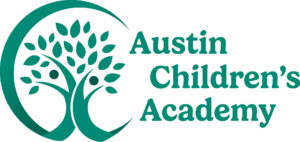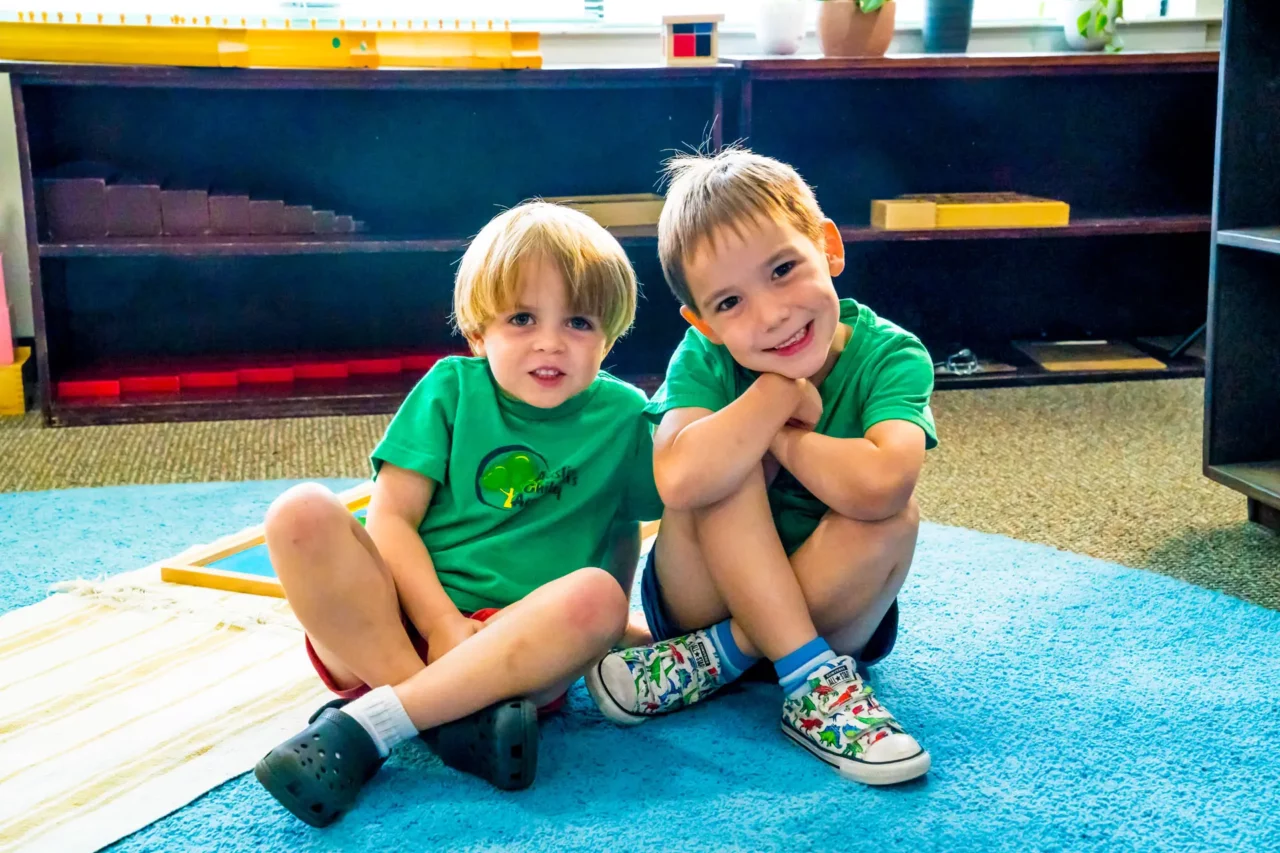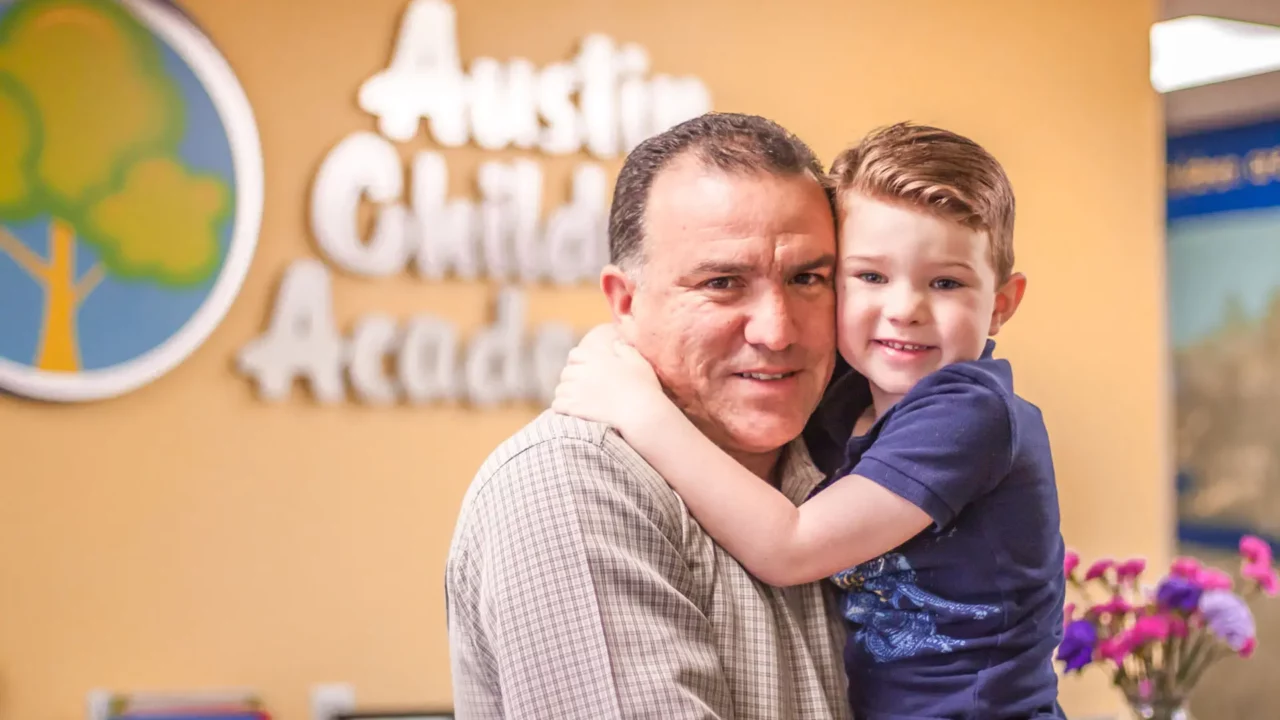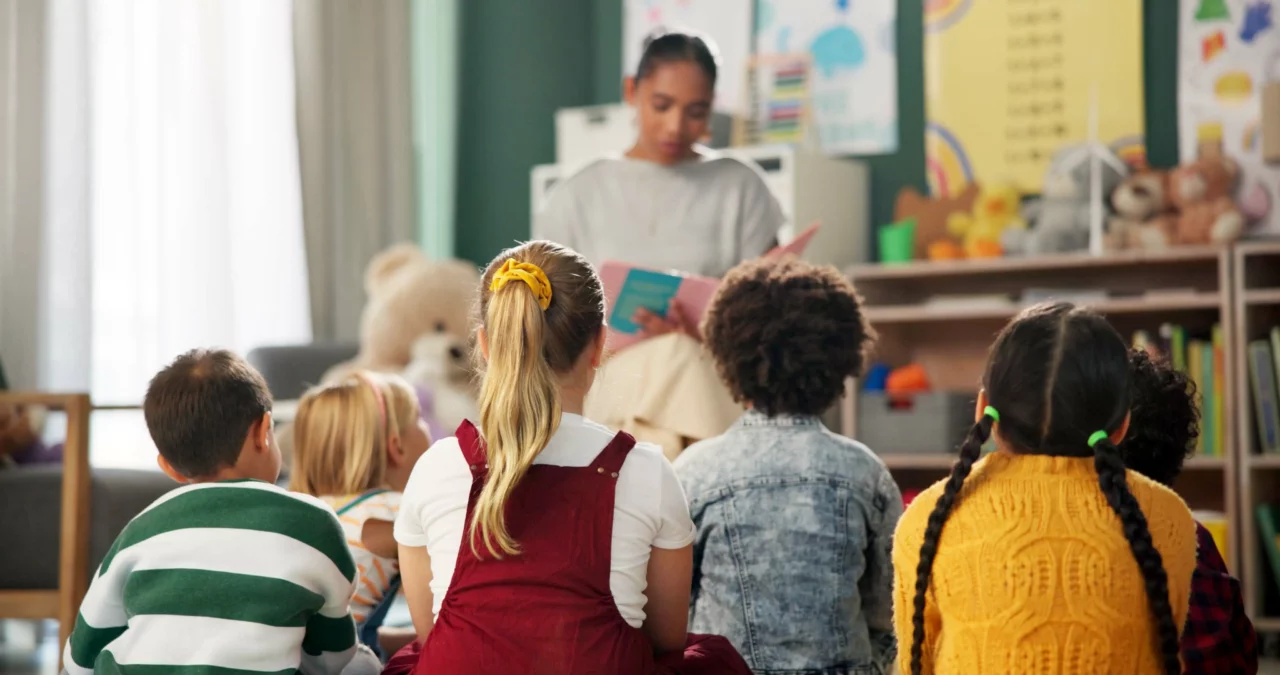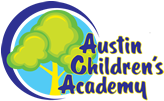
Most Montessori schools are independently-run institutions. This means that they often have their own unique attitude, faculty, and atmosphere. However, all schools that make use of the Montessori method tend to have the same core features. Once you understand how Montessori education works, you’ll see how these important elements can be applied to a variety of educational environments.
Child-Led Activities
The most important concept that Maria Montessori introduced was the idea that children actively want to learn. Dr. Montessori posited that if you give a child materials and instruction, they will soon involve themselves wholeheartedly in the task.
This philosophy is why almost all Montessori school days start with a period of uninterrupted work time. Children are allowed to choose their own activities, set their own goals, and solve their own problems. Teachers are always present for assistance, as are the other students; however, students can also choose to work alone. By giving them agency over their own actions, the Montessori method encourages students to trust and rely on themselves.
Teacher-Curated Environments
The freedom offered by the Montessori method only works if the environment is safe and conducive to learning. That’s why Montessori teachers spend hours carefully cultivating the classrooms where their students will learn and play.
From the kid-sized furniture to the selection of learning materials, every part of a Montessori classroom has been planned and perfected. Children work independently in a room that has been designed just for them, meaning they never have to worry about the problems that come with true independence. Great teachers also swap out learning materials on a regular basis to ensure that the students are always creatively inspired.
Multi-Age Classrooms
Traditional schools tend to group children based on their age. In contrast, Montessori schools will often place children up to four years apart in the same classroom. This gives children a wider sense of community and helps them empathize with people who are not the same age.
One of the main benefits of a multi-age classroom is that children get to experience being both the mentor and the student. Every child will at some point be either the oldest or the youngest. In some cases, a younger child might be the expert on a subject, and the other students will learn how to listen to someone who is not a traditional authority figure.
Hands-On Learning
No matter how much two Montessori educators might differ, they’re both likely to agree that hands-on experience is the most important facet of a child’s education. Maria Montessori believed that children learn best when they get to do things for themselves. From completing an activity to cleaning up the mess, Montessori students are encouraged to learn about life by experiencing it wholly.
In terms of actual education, this translates to a school day full of engaging activities and unique lessons. Instead of learning about photosynthesis from a book, Montessori students might grow vegetables in a window planter. Practical life skills are also emphasized; even the youngest students can learn basic amounts of cooking, cleaning, and maintenance.
A Montessori education is meant to leave a child feeling empowered and inspired. No matter how old your child is, they’ll appreciate the chance to tackle their education on their own terms.
